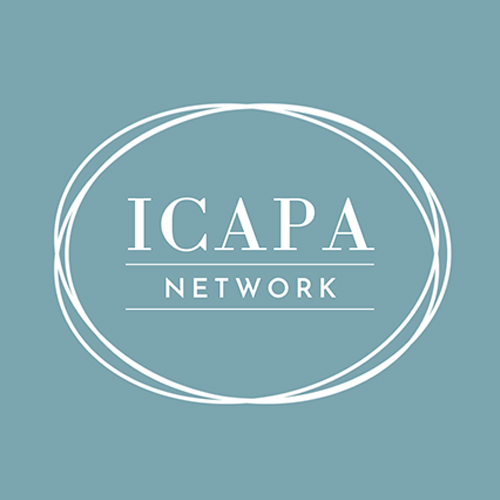The passage of the Stop Institutional Child Abuse Act (SICAA) is a monumental victory for survivors and advocates. However, while this legislation lays the groundwork for meaningful change, it is just the beginning. SICAA mandates a comprehensive study to evaluate oversight and abuses in youth residential programs, with results and recommendations due within two years. While this study is a critical step toward future reforms, there is a significant flaw in the current system that could severely impact its effectiveness: we do not have an accurate or reliable mechanism for reporting institutional child abuse.
The Reporting Gap: Why SICAA’s Study May Be Inaccurate
One of the most pressing issues is that current reporting mechanisms are inadequate. Today, we rely on self-reporting by facilities—a system that allows abusive programs to manipulate or suppress data—or whistleblowers within the industry, who face retaliation and job loss for speaking out. There is no direct reporting system feeding into the SICAA study, which means the data collected may significantly underreport the true scale of institutional child abuse.
Even more concerning, while children are inside these facilities, they have no way to report abuse in real time. Many programs isolate youth from their families, legal advocates, and external monitoring bodies, making it nearly impossible to intervene before serious harm is done. Survivor reports after leaving these facilities are often dismissed, making retrospective reporting unreliable. Without an accurate picture of the problem, SICAA’s study may fail to provide the urgent policy recommendations needed to protect institutionalized children.
The Solution: A National Institutional Abuse Reporting Hotline
To ensure that SICAA’s study produces reliable, actionable data, we propose the creation of an Institutional Child Abuse Reporting Hotline, operated through an existing federal child abuse reporting system. This hotline would:
- Be managed by the appropriate federal and state agencies and integrated into existing child welfare reporting systems.
- Provide a direct, confidential way for children in institutional settings to report abuse while it is happening.
- Establish policies and training for mandatory reporters, law enforcement, and oversight agencies to properly process and investigate reports.
- Maintain data analytics that can be used to inform SICAA’s study and guide future legislation.
Legislative Steps to Implement the Hotline
To make this solution a reality, ICAPA Network has introduced two legislative initiatives:
State-Level: The West Coast Pact (WCP)
The West Coast Pact focuses on best practices in oversight within state jurisdictions. As part of this initiative, we propose establishing a statewide reporting hotline that:
- Provides agencies with properly processed abuse complaints to aid in investigations.
- Maintains records of reports and generates data analytics shared with both state and federal authorities.
- Introduces an approval process for out-of-state and international placements, ensuring children’s rights are protected regardless of where they are placed.
- Streamlines communication between states to improve oversight of facilities that operate across multiple jurisdictions.
Federal-Level: The Institutional Child Abuse Prevention Act (ICAPA)
At the federal level, we propose the Institutional Child Abuse Prevention Act (ICAPA), which would:
- Define institutional child abuse within the Child Abuse Prevention and Treatment Act (CAPTA).
- Establish eligibility for state grants to improve systems of oversight and youth protection.
- Require states to adopt enhanced reporting mechanisms, including a national hotline, as a condition for receiving federal funding.
Why These Laws Are Critical
SICAA is a groundbreaking step forward, but without a proper reporting foundation, it may not yield the results we need to push for stronger protections. The West Coast Pact and the Institutional Child Abuse Prevention Act are essential for ensuring real oversight and accountability in institutional settings.
Survivors and advocates have fought for decades to make their voices heard. We cannot afford to wait two more years for an incomplete study to tell us what we already know: institutional child abuse is widespread, underreported, and often ignored by those in power. By implementing a proper abuse reporting mechanism, we can ensure that SICAA delivers on its promise and serves as a stepping stone toward a future where every child is safe from institutional harm.


